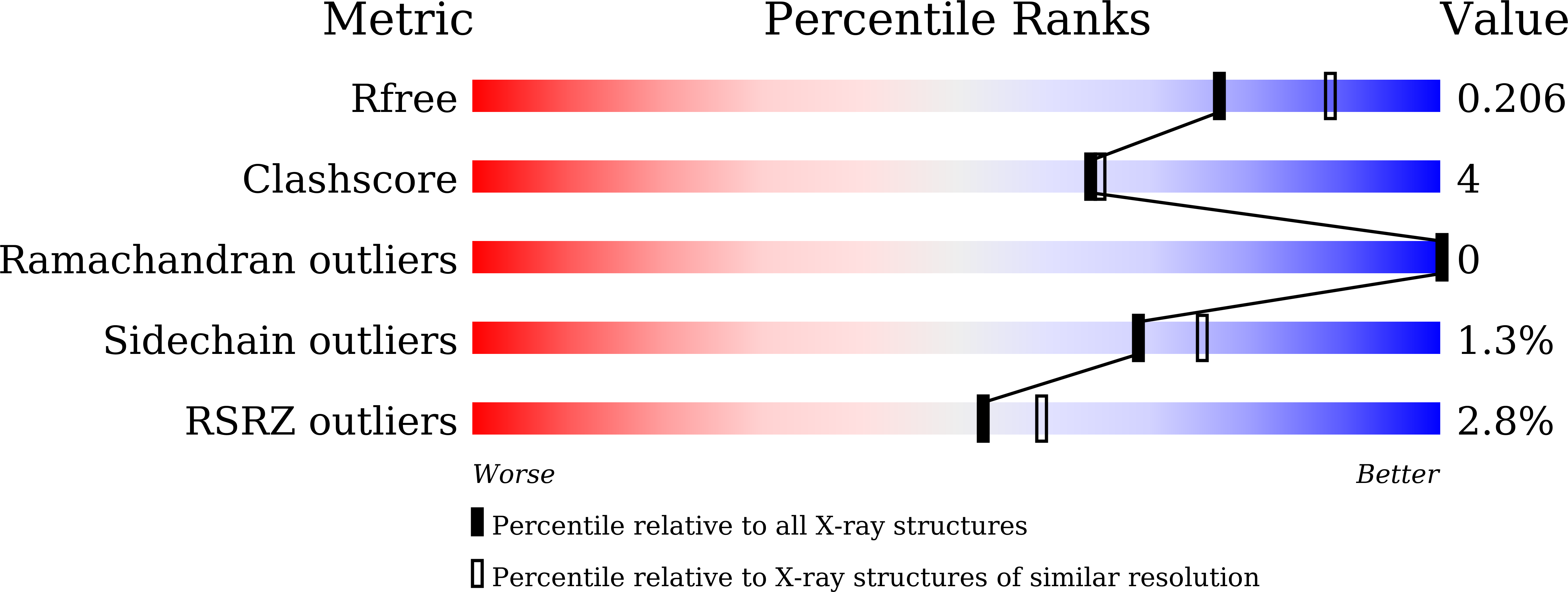
Deposition Date
2019-08-07
Release Date
2020-04-15
Last Version Date
2024-05-29
Entry Detail
PDB ID:
6KNY
Keywords:
Title:
Structure of Amuc_1100 without transmembrane region from Akkermansia muciniphila
Biological Source:
Source Organism:
Host Organism:
Method Details:
Experimental Method:
Resolution:
2.10 Å
R-Value Free:
0.20
R-Value Work:
0.18
R-Value Observed:
0.18
Space Group:
C 2 2 21


